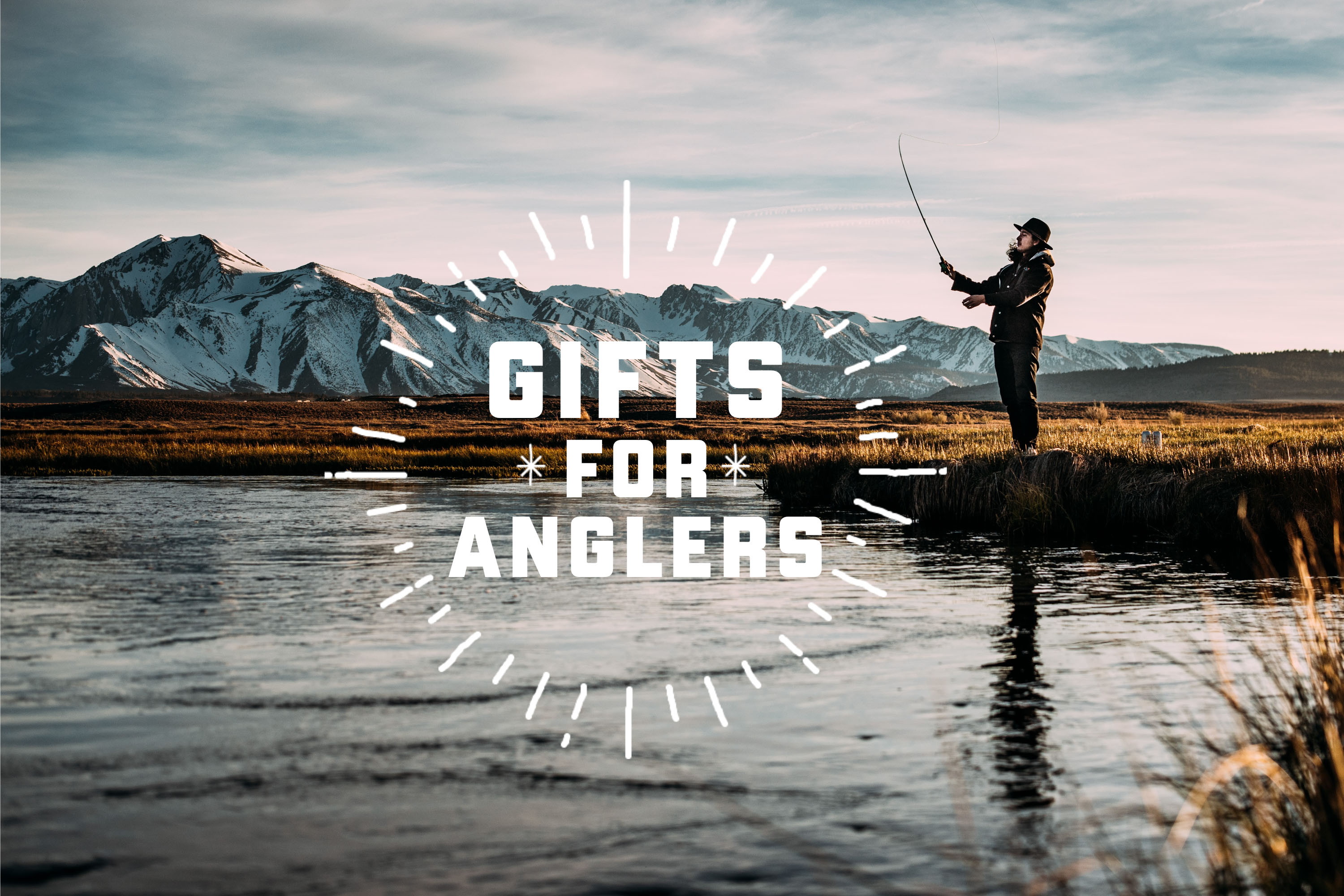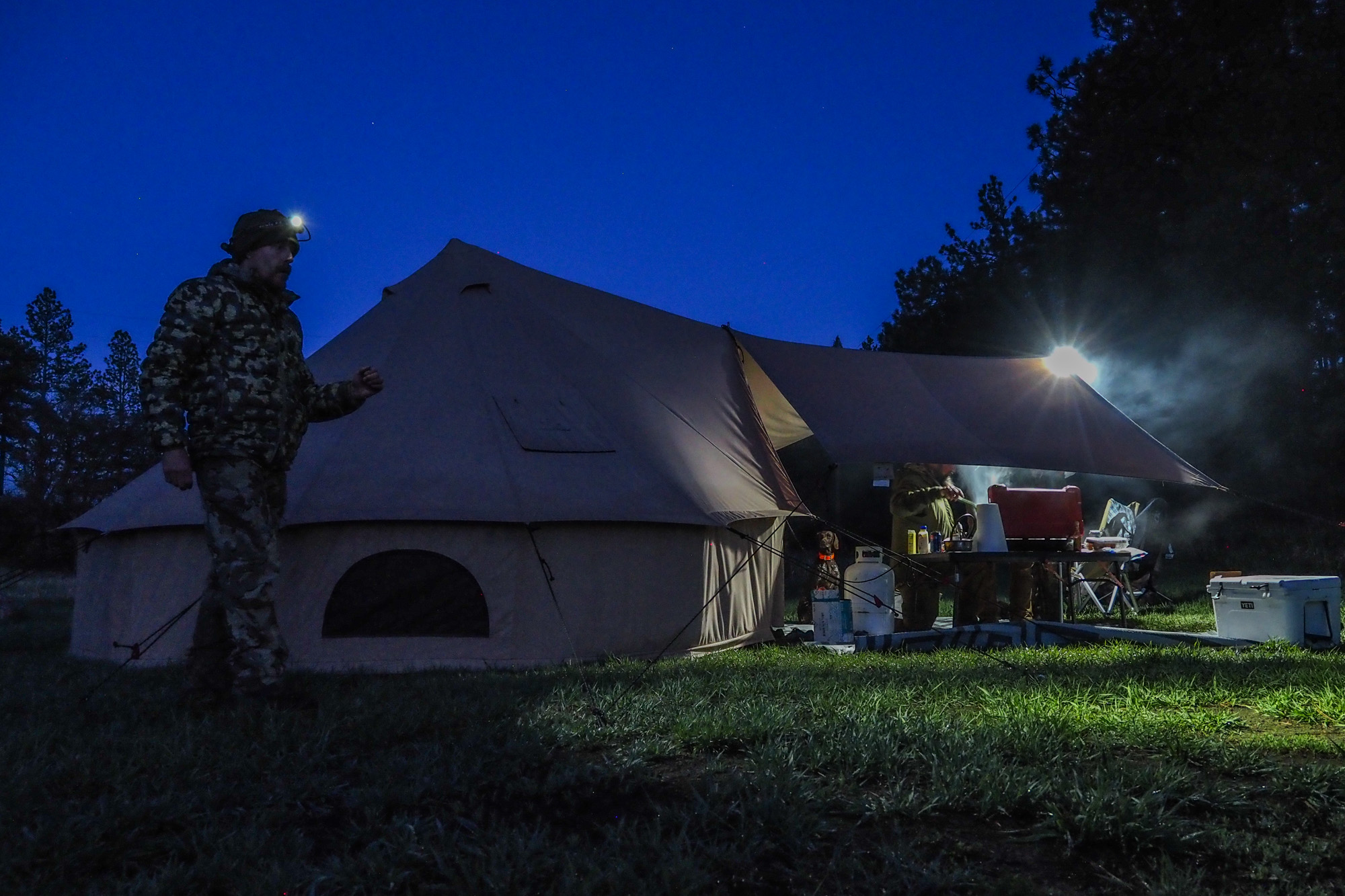Fly-fishing the nation’s first national park could cost you in fines this summer if you step in Yellowstone’s streams wearing felt soles.

Yellowstone National Park announced this week it’s banning all felt-sole wading boots as part of the park’s campaign to keep invasive species out.
Anglers use felt-soled wading boots for grip on slippery rocks in rivers and streams. The theory is that felt grabs more potentially invasive species and carries them from one waterway to another.

“Invasives are definitely a high priority in Yellowstone National Park,” said Vicki Regula, public affairs assistant at the park. “Invasives have ecological and economical impacts on waterways that are hard to remedy.”
Yellowstone National Park: Felt Wader Alternatives
Rubber soles are still allowed, but many anglers prefer felt because it grips while rubber slips. Enter spikes, studs, and tracks, add-ons that improve a rubber sole’s grip.

“Old school guys are more into felt,” said Todd Lanning, Henry’s Fork Anglers assistant shop manager. “The young guns are more into the rubber soles.”
Lanning is based in Island Park, Idaho, about a half hour from Yellowstone’s West Entrance. He fishes the park at least 30 days during its short summer season. He wears rubber soles with aluminum grips, and they keep him upright. But in high-water years, like last year and possibly this year, he sees a lot of anglers go under.
“I see it more as a safety issue for some of the older guys fishing the park,” Lanning said. “They like their felt, and they just feel safer. So at end of the day, it might affect how many licenses the park sells.”
Far Bank Enterprises makes felt- and rubber-sole wading boots, selling to young and old anglers via their Redington brand. The two boot bottoms sell neck and neck.
“There’s a reason we make both felt and rubber. We have consumers that want both, and they are both applicable,” said Tag Kleiner, Far Bank Enterprises’ vice president of marketing. “I hope the park is making this decision based on what’s best for the fishery. If the intention of the park is science-based and habitat-health related, I don’t see pushback.”
Felt Bans Across the Nation
Other areas going for a felt ban are feeling pushback. All three states surrounding Yellowstone – Idaho, Montana and Wyoming – allow felt soles. Idaho tried for a ban in 2011. It didn’t fly in the Gem State, but it stuck in Maryland the same year. Six other states followed suit: Alaska, Missouri, Nebraska, Rhode Island, South Dakota, and Vermont.
After that, the argument gradually dropped like sediment in slow current because with education comes awareness. Invasive species hitch rides on more than boots. They’re on fishing nets, boats, and so on.
Everything needs washing between watersheds. Before Vermont reversed its felt ban in summer 2016, boot baths, spray stations, and gear inspections were becoming common on boat ramps. The other states’ bans still stand.
Yellowstone’s is the first felt ban since the initial wave of bans. Beginning this fishing season on May 26, anyone wading in Yellowstone National Park’s waters in felt-sole boots faces a fine of up to $5,000 and up to six months in jail.
“It’s gotta have teeth if it’s gonna work,” Kleiner said. “No states around the park ban felt, and anglers fishing outside the park are heading into the park. There will be a certain amount of burden on the park to make sure they are educating visitors, and anglers should always educate themselves on the regulations of any fishery.”
Outdoor journalist Kris Millgate is based in Idaho Falls, Idaho. See more of her work at www.tightlinemedia.com.





